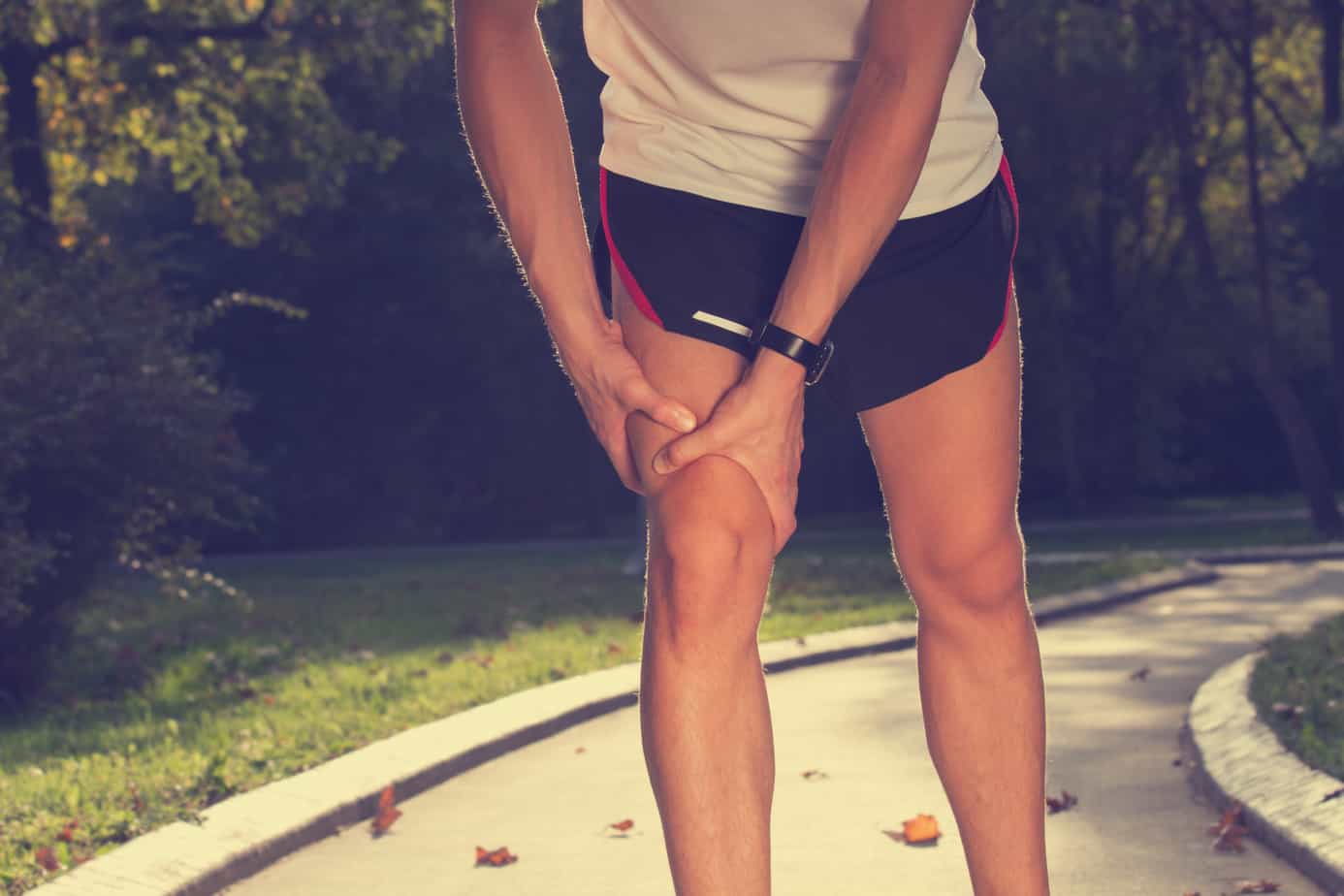A research review from the Performance Digest
Contents
- Background & Objective
- What They Did
- What They Found
- Practical Takeaways
- Reviewer’s Comments
- About the Reviewer
- Comments

Background & Objective
A lot of research has been conducted on different tests and methods to monitor fatigue in football. However, the practicality, reliability, and sensitivity of different methods still remains uncertain. Therefore, the objective of ‘Turning Up the Heat: An Evaluation of the Evidence for Heating to Promote Exercise Recovery, Muscle Rehabilitation and Adaptation’ by McGorm et al (2018) is to review the different methods utilised to monitor fatigue and their applicability to a real-world football environment.
What They Did
The authors reviewed a series of papers on fatigue monitoring in football and:
- Debated if monitoring fatigue after matches is needed;
- Raised critiques of the real-world relevance of the current research literature on fatigue monitoring;
- Discussed the applicability of different tests and methods, and the data they can provide to the real-world scenario;
- Proposed future research perspectives.
What They Found
In order to make it easier for the reader, I decided to present the authors’ findings point by point, using the four points presented above.
1) From a performance perspective, the authors questioned the importance of using post-match fatigue monitoring tools. Nevertheless, higher fatigue levels have been demonstrated to be related to non-contact injury, therefore, from an injury perspective, it may be useful to monitor fatigue.
2) The authors mentioned that research vulgarly interprets results independently of the players’ standard/level. Moreover, research is typically based on a single dataset. Using a single dataset may provide erroneous findings due to numerous factors such as match-to-match physiological variation, effects of training, period of the season, individual minutes of a match during the season, etc.
3) The time points used in research to analyse fatigue after matches are either too short (i.e. up to 24h post-match) or conflict with other team activities. Furthermore, research is dependent on a variety of factors that may make the data found in research non-representative of another population. The complex, expensive, and time-demanding measures used in research can rarely be implemented in everyday football environments. Although time motion measures (e.g. GPS) are collected by most teams, practitioners need to be aware of the methodological limitations. Despite being easy to apply and almost cost-free, self-reports are dependent on the players’ honesty and several other factors.
4) Suggestions were made for research to focus on the effects of neuromuscular-related fatigue on mechanical workload metrics. In order to investigate mental fatigue, mentally fatiguing tasks with high ecological validity for soccer need to be created. Researchers should also be focusing on collecting a combination of training and match-derived data
Practical Takeaways
In order to detect an individual athlete’s response to exercise, fatigue markers should be collected over a long period of time, whenever possible.
In addition, instead of collecting just a single measure of fatigue, the researchers recommend practitioners collect at least 2-3 different measures. These measures need to be appropriate to the reality of each club and training schedule. Common laboratory measures typically utilised in research (e.g. measures including nerve stimulation, electromyography, and biochemical analysis) are not practical for the real-world environment. On the other hand, practitioners must be cautious when using field tests that induce further fatigue (e.g. repeated sprints, maximal sprints, etc.).
Sub-maximal tests that can be implemented during the warm-up may be a worthwhile option. Maximal actions that do not involve extensive eccentric actions (e.g. countermovement jump) can also be a useful option. Care must be taken when selecting the measures to use, ultimately, practitioners should aim to utilise measures that are derived from training to monitor fatigue/readiness.
Lastly, practitioners should be aware of the limitations when interpreting published data and utilising methods implemented in the scientific world as they may provide little information to the real-world scenario.
Reviewer’s Comments
“My first comment is aimed at a statement made by the authors in this study. The authors suggested that even when a player is not fully recovered, they can still perform at a similar level as they can when they’re fully recovered. This comment demonstrates the limited importance of monitoring fatigue.
In my experience, self-reported tools (e.g. wellness questionnaires) still provide the most meaningful information on how a player feels. Importantly, education is a key component of these tools in order to produce valid data. From an injury prevention perspective, these self-reported tools can be combined with measures of muscular and joint health (e.g. knee-to-wall test, Lasègue’s test, etc.). Some of these tests should be implemented for the entire squad, whilst others should be individualised according to the individual’s injury history and playing position.
In order to monitor the athlete’s levels of neuromuscular fatigue, practitioners can select 1-2 tests that are commonly involved in their training programmes (e.g. 10 m sprint, CMJ, squat mean velocity, etc.). In order to have a more comprehensive indicator of fatigue, these performance results should be combined with the self-reported measures.
Fatigue monitoring measures should only be obtained when there is an actual possibility that practitioners will make changes to the programme based on the data. These changes can include a reduction in training load (e.g. decrease in the number of high-intensity meters performed, an increase in the number of reps in the tank on the gym session, etc.), a reduction in the number of sessions (e.g. 1 instead of 2 field sessions), a delay on the start of the day (e.g. if the fatigue is associated with poor/reduced sleep), or an increase in the recovery modalities and focus on recovery. It’s also worth understanding that if the athletes feel the test data is not being used for anything meaningful, they will often lose motivation to perform the test maximally, thus harming the data. So, make sure the data you collect is meaningful.”
Want to learn more?
Then check these out…
Watch this video
Read this Infographic
The full study can be read here.


